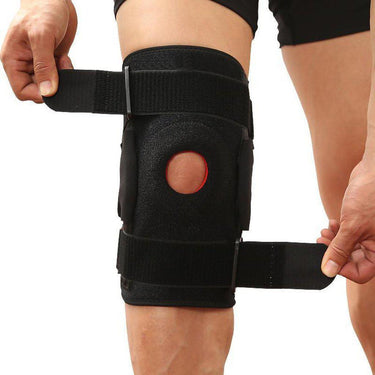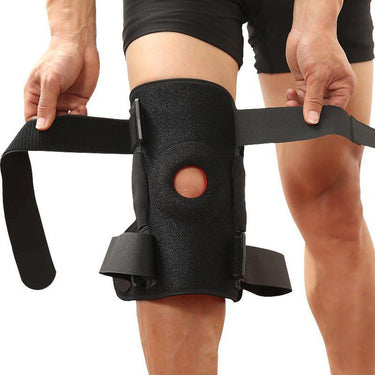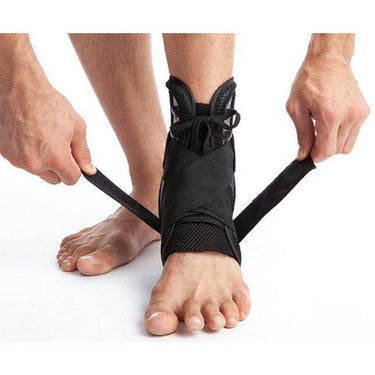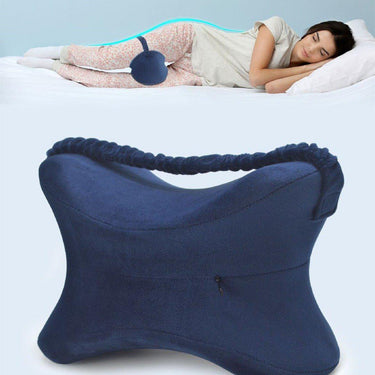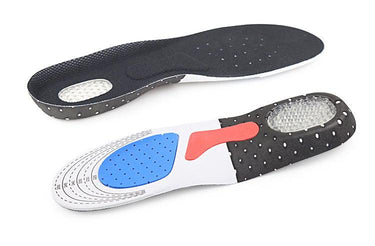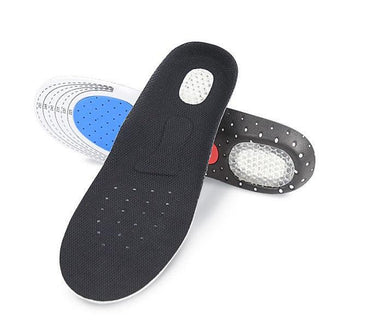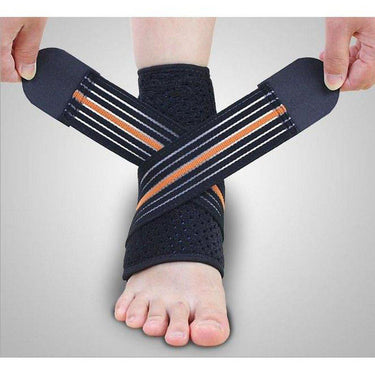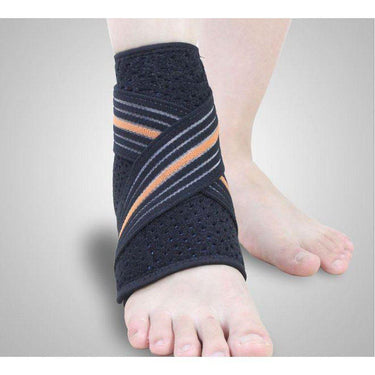[Last Edited: 08/10/20]
What Can Cause Knee Cap Pain?
There are many different types of knee pain and there can be various different causes. This blog looks at what causes knee cap pain, the follow up blog is about how to help reduce knee cap pain and swelling.
Pain in the knee cap can really stop you in your tracks. Walking, stairs and even sitting can be really painful and it can begin to disturb your sleep.
What is the kneecap?
The kneecap or patella is a circular bone when looked at from above. The underneath surface can vary from person to person in almost a pyramid-like shape. These surfaces, or facets allow the knee cap to sit above a groove in the bottom femur (thigh bone) which forms the top half of the knee joint.
The kneecap or patella is a circular bone when looked at from above. The underneath surface can vary from person to person in almost a pyramid-like shape. These surfaces, or facets allow the knee cap to sit above a groove in the bottom femur (thigh bone) which forms the top half of the knee joint.
It is known as a sesamoid bone - which means that it sits within a tendon. In the case of the knee cap it sits within the quadriceps tendon from above and via the patella tendon joins to the tibia below (shin bone).
You may notice that there are many different shapes and sizes of knee cap, whether only just bigger than a £2 coin or slanted at an angle, these variations are fairly common. If the quadriceps are well conditioned and flexible then the knee and its movement is more than capable of adapting to most shapes, sizes and angles of the knee cap.
What does the kneecap do?
As the knee bends and straightens the knee cap moves in this groove and acts as a pivot point for the quadriceps muscles to act as a lever on the leg.
The kneecap is important for distributing force in the leg and assisting movement. So you can see why pain can develop when walking or on the stairs.
When walking down stairs, pressure equivalent to 2.5 times your body weight is being transferred through your kneecaps.
Any extra weight we carry has an even greater effect at these times. Pain on the stairs can be difficult to manage particularly if you are somewhere that you can’t get the escalator or lift back down.
Knee Cap Pain When Sitting
Sitting and driving can be a more curious time to get knee pain as we are pretty much resting. However, in these positions with the knee bent, the muscles aren’t having any actions to support the knee cap and if the muscles at the front of the thigh (quadriceps) are tight then there can be greater pressure on the knee cap as it sits in the groove. In these cases the knee cap can begin to hurt after even 5-10 minutes of sitting and many people also report stiffness and swelling.
Knee Cap Movements
With the leg straight and the muscles in the thigh relaxed, the kneecap is capable of being moved gently side to side and up and down, a centimetre or so from its resting position. If the knee cap feels particularly stiff or hard to move, doing this gentle action for a couple of minutes can provide some relief.
Knee Cap Wear and Tear
Like any part of the human body the knee cap ages, this ageing process can result in several changes. One change is that the cartilage that covers the underneath of the knee cap can change from a smooth surface to a rough one. This surface helps the knee cap to move smoothly within its groove so the roughness can lead to stiffness and pain or difficulty in bending the knee completely as the kneecap struggles to distribute the pressure. In the past I’ve described this change like the soft part of a velcro strap. We all go through this process as we age, and not everyone gets pain from it.
Hopefully this article has given new insight into your understanding of knee caps and what they do in the body. Keeping them healthy and supporting them with flexible, strong thigh muscles can alleviate pain and stiffness.
Knee Support
Relieves Pain, Protects and Supports Arthritic Knees




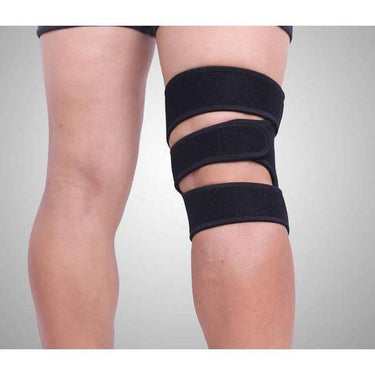
![Extra Large Knee Support, Adjustable Fit - More comfort for larger knees-Orthotics, Braces & Sleeves-[Single] Knee Support - Extra Large-Essential Wellness-5060536630770](http://essentialwellness.co.uk/cdn/shop/products/orthotics-braces-sleeves-extra-large-knee-support-adjustable-fit-more-comfort-for-larger-knees-1_375x.jpeg?v=1640355859)
![Extra Large Knee Support, Adjustable Fit - More comfort for larger knees-Orthotics, Braces & Sleeves-[Single] Knee Support - Extra Large-Essential Wellness-5060536630770](http://essentialwellness.co.uk/cdn/shop/products/KneeSupportSizeGuide_375x.png?v=1626784613)
